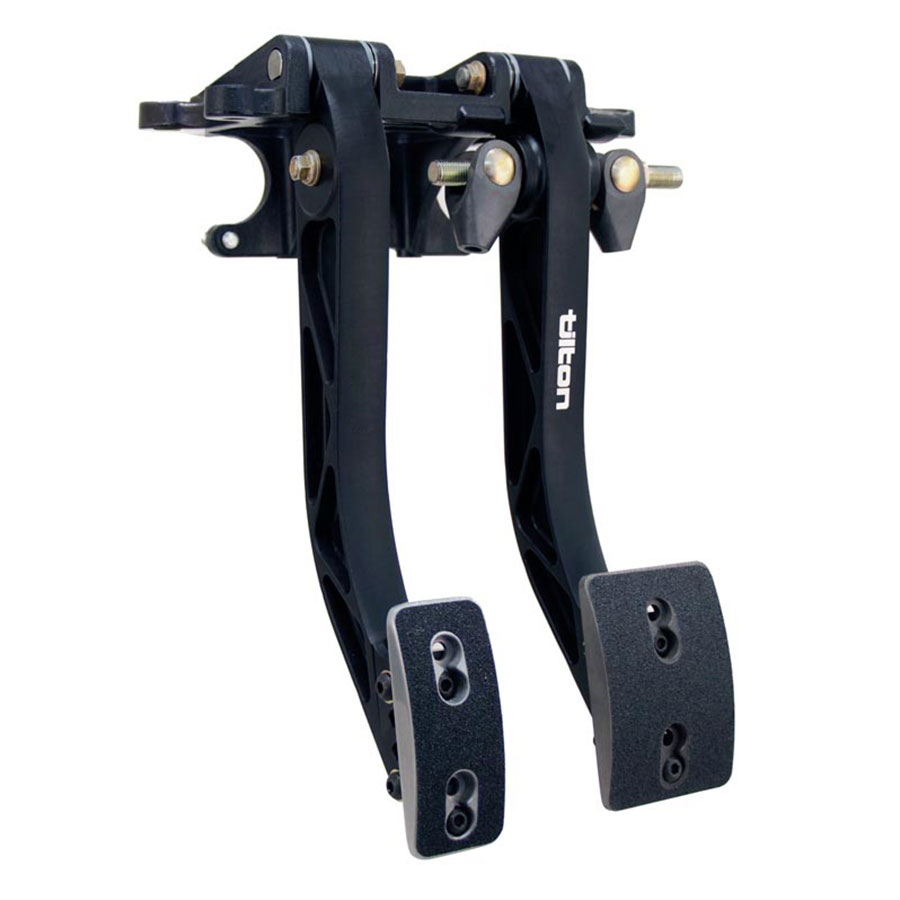DanielForest
True Classic
OK. Long story short. Stored to repair the engine. Took longer than expected. I changed the hoses from the reservoir to the master cylinder. Changed the master cylinder. And at each corners, I changed the flex hoses, the calipers, the rotors and the pads.
A few days ago, I filled the reservoir with Dot 4 synthetic brake fluid, then removed all the bleed screws. No fluid at the calipers. I pumped the pedal a few hundreds time. Nothing. I used the MightyVac vacuum, a few hundreds pull. Nothing. I have speedbleeders, so no need to screw/unscrew each time. When I say nothing, I mean the brake fluid level at the reservoir didn't move.
The nose of the car is higher than the calipers to help gravity feed.
I opened a buble flare hard line at the master. Fluid started to leak as soon as I untightened it, so I rebolted everything because I knew the brake fluid was reaching and exiting the master.
The master cylinder is new but it's in the car for a few years, the time it took me to do other parts of the car (I'm slow and I didn't had much time). So that may be the master... but still, the mightyvac should pull the fluid.
I wasn't sure what was the best master position to help fluid circulate, so I tried with the pedal relaxed and with the pedal to the floor, jammed with a wood plank.
So what's next?
Maybe it's all normal and I'm not just patient enough.
A few days ago, I filled the reservoir with Dot 4 synthetic brake fluid, then removed all the bleed screws. No fluid at the calipers. I pumped the pedal a few hundreds time. Nothing. I used the MightyVac vacuum, a few hundreds pull. Nothing. I have speedbleeders, so no need to screw/unscrew each time. When I say nothing, I mean the brake fluid level at the reservoir didn't move.
The nose of the car is higher than the calipers to help gravity feed.
I opened a buble flare hard line at the master. Fluid started to leak as soon as I untightened it, so I rebolted everything because I knew the brake fluid was reaching and exiting the master.
The master cylinder is new but it's in the car for a few years, the time it took me to do other parts of the car (I'm slow and I didn't had much time). So that may be the master... but still, the mightyvac should pull the fluid.
I wasn't sure what was the best master position to help fluid circulate, so I tried with the pedal relaxed and with the pedal to the floor, jammed with a wood plank.
So what's next?
Maybe it's all normal and I'm not just patient enough.
Last edited:


